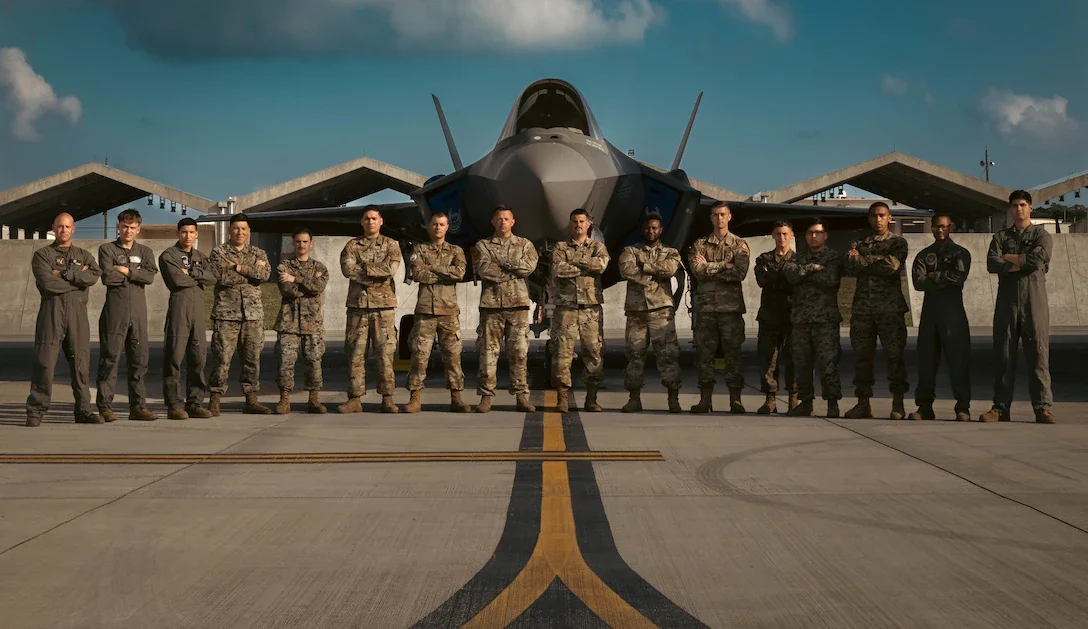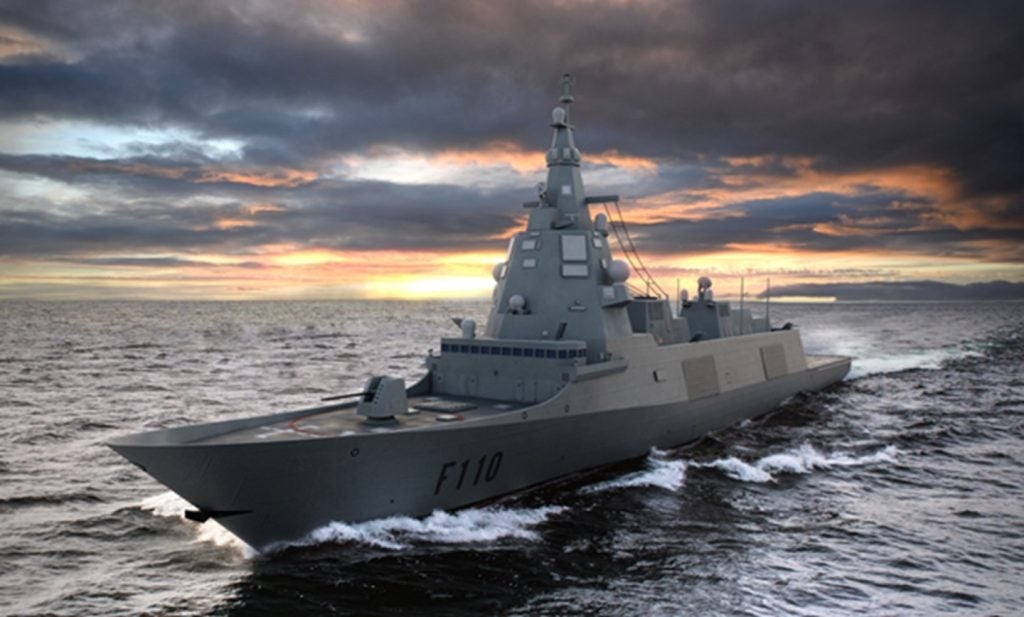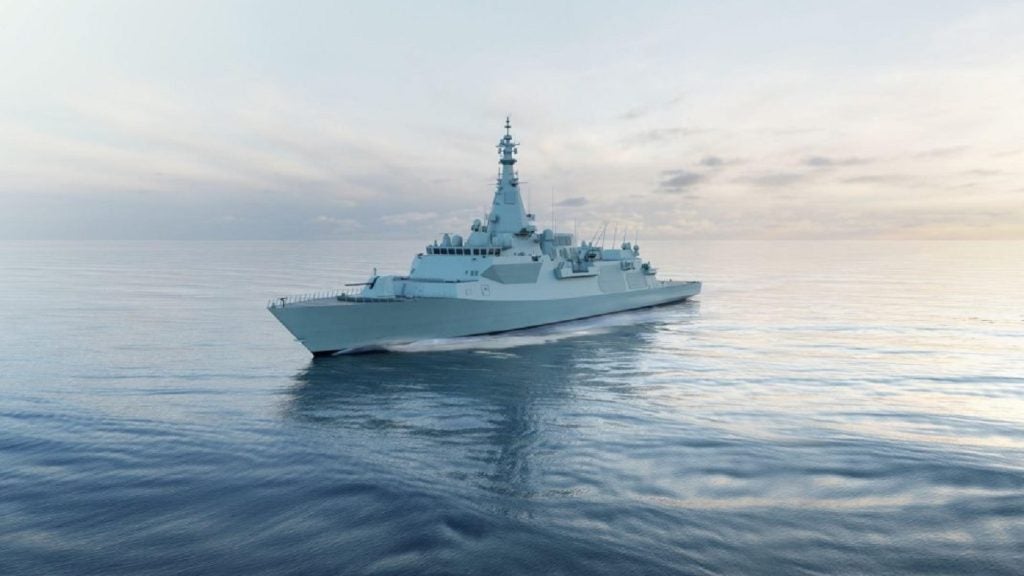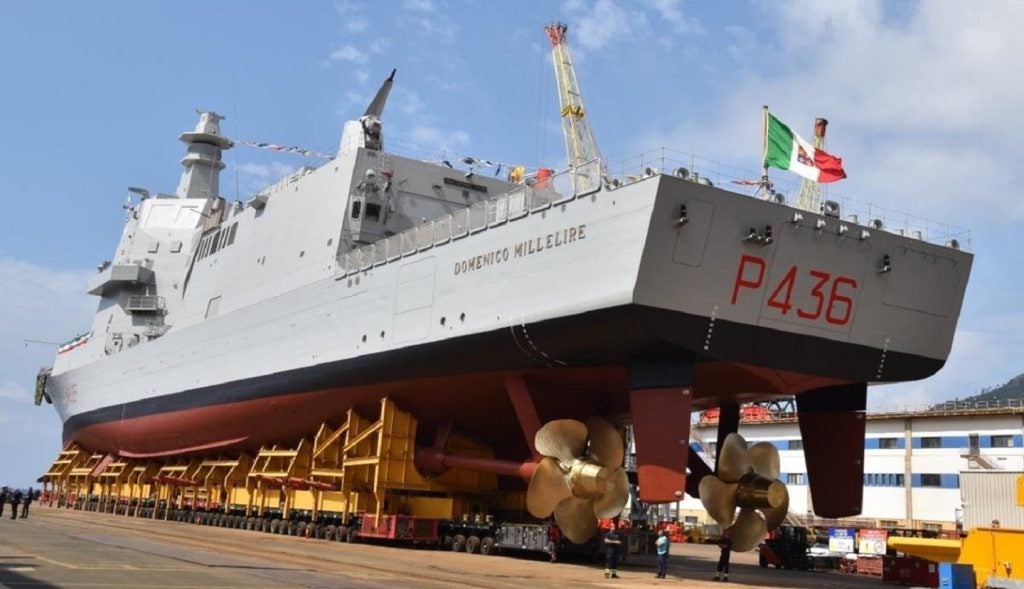
The US Marine Corps Installations Pacific (MCIPAC) and the US Air Force (USAF) have jointly practiced hot-pit refuelling with the F-35A Lightning II aircraft.
In the two-day training at Kadena Air Base in Okinawa, Japan, the MCIPAC marines and 355th Expeditionary Fighter Squadron airmen took part in the event.
The training offered an opportunity to the participating personnel to hone a wide range of aircraft platform skills in a simulated operational environment.
During this exercise, the airmen and marines were trained to use single-point refuel pump for refilling the F-35A Lightning II as soon as it lands.
The hot-pit refuelling method allows the aircraft to refuel without stopping the engine, which decreases the response time in an operational environment.
355th Expeditionary Fighter Squadron crew chief Air Force staff sergeant Nicholas Williams said: “The goal of this class is to ensure marines fully understand how to refuel an F-35A hot-pit and follow an Agile Combat Employment sustainment mentality.
How well do you really know your competitors?
Access the most comprehensive Company Profiles on the market, powered by GlobalData. Save hours of research. Gain competitive edge.

Thank you!
Your download email will arrive shortly
Not ready to buy yet? Download a free sample
We are confident about the unique quality of our Company Profiles. However, we want you to make the most beneficial decision for your business, so we offer a free sample that you can download by submitting the below form
By GlobalData“The marines need to know how to refuel hot-pit because if the F-35A lands in the field, marines are the first to respond.
“When they respond, their goal is to refuel the airplane and possibly fix what is damaged and put the aircraft back in the fight.”
The event also involved training marines in the classroom environment, as well as on the field.
On the first day of the training, marines reviewed various parts of the aircraft along with learning about the safety and danger zones. They also practiced communication through hand-arm signals and used cold pit refuel technique at a parked F-35A jet.
The second day saw the MCIPAC personnel perform two final cold refuels in the aircraft hangers.
Later, a fueller, an aircraft director and an emergency fuel breaker helped to direct the jet, ensuring its safe landing.
Every F-35A jet took around 15 minutes to complete the refuelling before proceeding with their flight.
Marine Corps Air Station Futenma bulk fuel specialist sergeant gunnery Eric Pressman said: “This training will broaden our spectrum to multiple platforms, to include rotary-wing and fixed-wing airframes, not just from the Marine Corps, but also our sister branches, the Air Force, Navy, Army.
“We also hope to use this training with coalition aircraft that come into the air station.”







